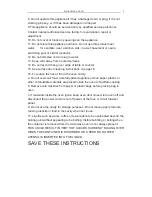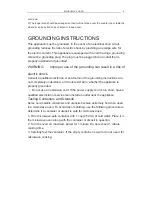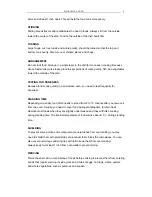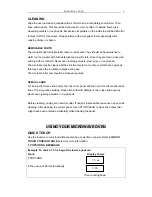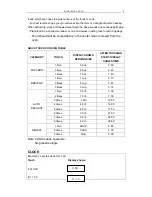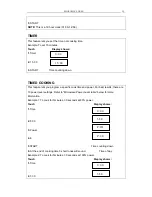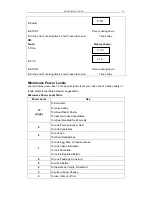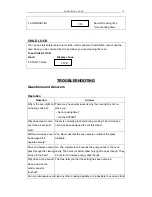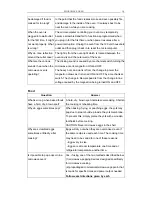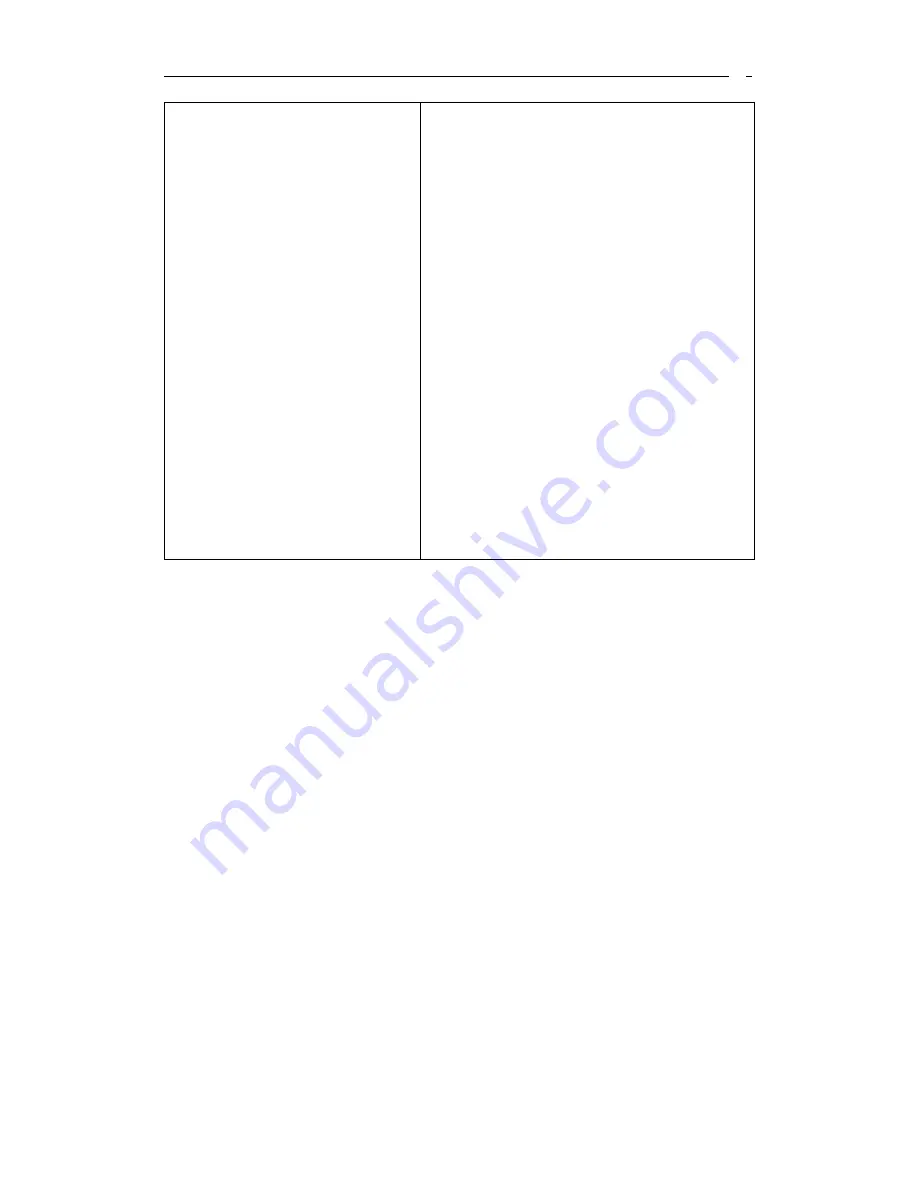
MICROWAVE OVEN
7
the plastics wrap. This will allow
excess steam to escape.
.
Use plastic dishes, cups, semi-rigid
freezer, containers, and plastic bags
only for short time cooking. Use these
with care because the plastics may
soften from the heat of the food.
Paper
.
Microwave-safe paper towels, waxed
paper, paper napkins, and paper
plates with no metallic trim or design
can be used in your oven.
.
Refer to the manufacturer’s label for
use of any paper product in the
microwave oven.
Wood
.
wooden bowels, boards, and baskets will dry out
and may split or crack when you use them in the
microwave oven.
Tightly Closed Containers
.
Tightly closed cookware can explode. Be sure to
leave an opening for steam to escape from
covered cookware.
Brown Paper
.
Avoid using brown paper bags. They absorb heat
and could burn.
Metal Twist Ties
.
Always remove metal twist as they can become
hot and cause a fire.
TIPS FOR MICROWAVE COOKING
BROWNING
Meat and poultry with high fat content that are cooked for 10 or 15minutes or longer will
brown lightly. Foods cooked a shorter time can be bushed with a browning agent, such as
Worcestershire sauce, soy sauce, or barbecue sauce.
COVERING
A covering traps heat and steam and cause the food to cook more quickly. Use a lid or
microwave-safe plastic wrap with one corner folded back to vent the excess steam. Lids
on glass casseroles can become hot during cooking. Handle carefully. Waxed paper will
prevent the food from splattering in the oven and help retain heat. When warming bread
items, use waxed paper, napkins, or paper towels. To absorb extra moisture, wrap
sandwiches and fatty foods in paper towels.
SPACING
Arrange individual foods, such as baked potatoes, cupcakes, and hors d’oeuvres in a



